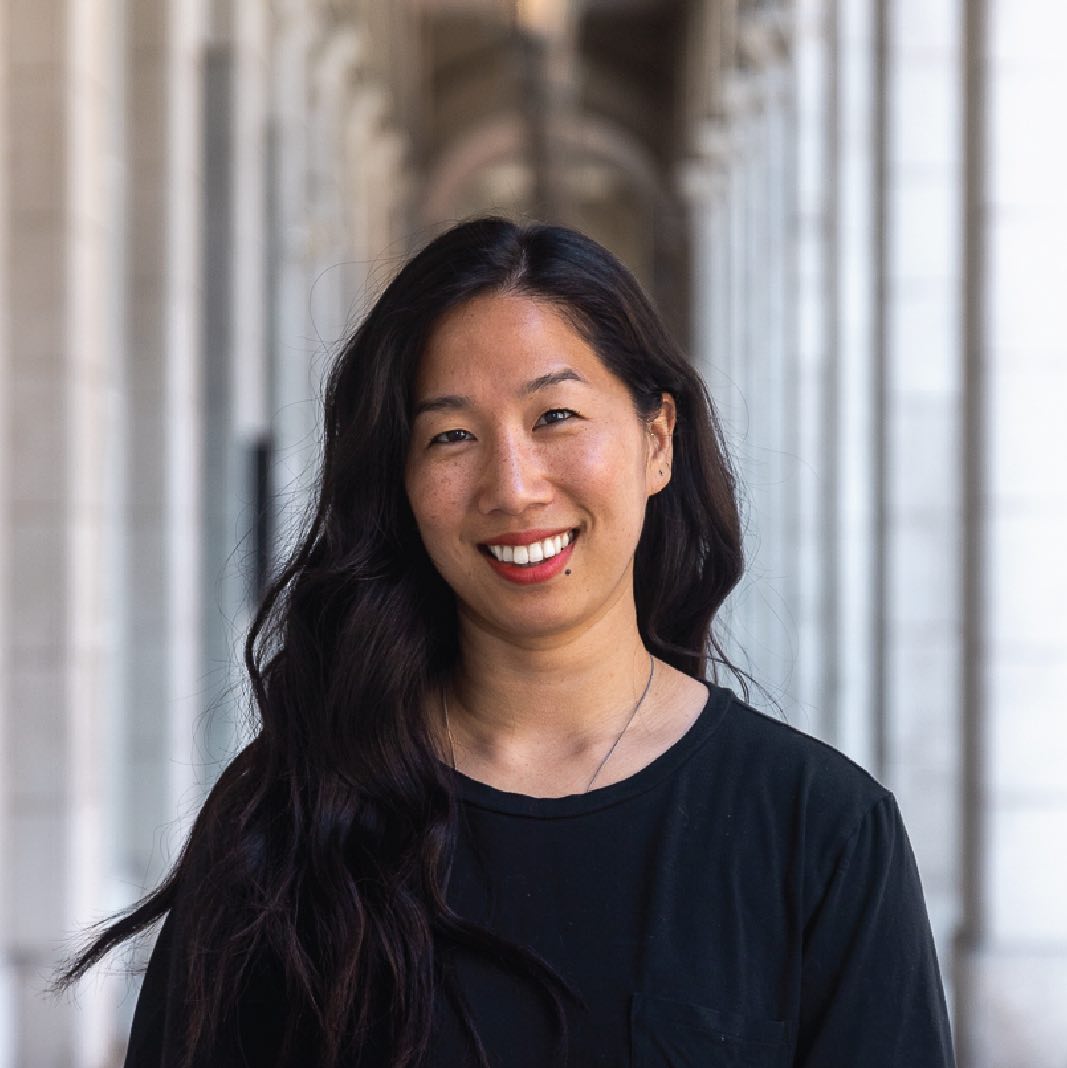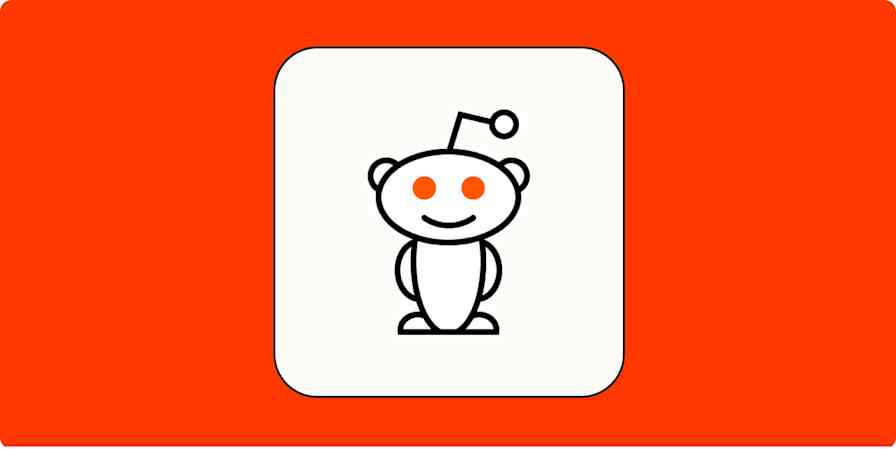LinkedIn Lead Gen ads can be a goldmine—or a money pit. You could set everything up by the book and still end up with an inbox full of unqualified leads and a budget that disappears faster than the last LaCroix in the office kitchen.
To help you get more out of your ad spend, we asked marketers about the LinkedIn Lead Gen ad strategies they use to lower costs, improve lead quality, and boost conversions. These are their six tried-and-true tips.
Table of contents:
1. Use LinkedIn Matched Audiences to retarget warm leads
Using your LinkedIn Lead Gen ads to go after cold leads means you're essentially starting every conversation with a slightly less creepy version of "Hey, stranger." It's expensive, inefficient, and usually means you're just yelling into the void.
LinkedIn's Matched Audiences lets you retarget leads who've already shown interest—whether it's by visiting your site, opening your newsletter, or interacting with your brand in some way—so that you're pitching to a warm-ish audience, not one that's sitting in an ice bath.
Mark Damsgaard, founder of Global Residence Index, uses Matched Audiences to lower his cost per lead (CPL) and boost engagement:
"We ran a LinkedIn Lead Gen campaign targeting high-net-worth individuals interested in investment. Initially, the CPL was high, and many leads were unresponsive. To improve lead quality, we created a matched audience of users who had visited key pages on our website and then retargeted them with a brief Lead Gen form offering a free consultation or exclusive country comparison report."
The results: "We saw a 40% increase in lead form completion and a 25% decrease in CPL," says Mark. "We also saw higher engagement: leads were more likely to respond to follow-ups since they had a prior interest."
Create matched audiences so you can get out of that awkward, cold intro territory and move to the far more appealing "Nice to see you again" zone, where you can pick the conversation back up right where it left off.
2. Use your ad copy to pre-qualify prospects
Ad costs can scale quickly, so you want to make sure you're attracting prospects who can actually buy what you're selling. That's why Tim Hanson, CMO at Penfriend.ai, suggests doing something counterintuitive: using your ad copy to turn low-quality leads away.
"I explicitly state who shouldn't use our service in the ad headline (not the description where it can get lost)," Tim explains. "For example, when we changed our headline from 'Boost your content marketing results' to 'Not for agencies with fewer than five clients: content scaling for established marketing teams,' our cost per qualified lead dropped by 64%."
Tim also reinforced the filter in the Lead Gen form by asking about company size or client count. "This double-filter approach meant our sales team was talking to only genuinely qualified prospects, dramatically improving their efficiency and morale."
They ended up with fewer total leads—but better ones. "Our sales team's close rate on those leads increased from 8% to 23% because they weren't wasting time on unqualified prospects."
Instead of chasing vanity metrics like total leads, shift your focus to the numbers that actually move the needle—like cost per qualified lead and close rate.
3. Narrow your audience by job title and complete profile data
Broad targeting might get you more eyes, but not necessarily the right ones. If you want better ROI on your LinkedIn Lead Ads, get specific—both in who you target and how well their profiles align with your lead form.
Eleanor Bennett, SEO manager at Trash Cans Warehouse, shares what this targeting strategy looks like in practice: "We conducted in-depth research into the specific job titles of decision-makers who had responded positively to previous campaigns." From there, Eleanor built a hyper-targeted campaign focused on warehouse managers, purchasing managers, and procurement managers within food and beverage services.
The result: "These ads had high impression share and an efficient CPC of $14.85, which is competitive for reaching senior decision-makers in the U.S."
If the job titles of your key decision-makers are inconsistent, Aju Nair, co-founder of EightBurst Marketing, recommends switching to job function, seniority, or industry to give LinkedIn's algorithm more flexibility. "When I tested this approach for a client, leads jumped by 160%, CTR rose by 79%, and CPL dropped by 31%."
But narrowing your audience is only half the work. Benjamin Samaey, a performance marketer at Benjamin Samaey Marketing, recommends targeting LinkedIn users with complete profiles. "This precise targeting approach ensured that when prospects clicked on the ad, their form fields were automatically populated with accurate profile data from their LinkedIn profile. It decreased the time it took to complete the forms by 45% and, more importantly, increased form completion rates by 29%."
By layering these strategies together, you'll build an audience that's not just easier to reach, but more likely to convert.
4. A/B test image sizes
LinkedIn recommends using traditional landscape images (1200 x 627 px) for ads, but like stop signs in parking lots, the rules are flexible. Going off-script might be the best thing you can do for your campaign performance.
Alex Myers, head of marketing at The SEO Works, found a better fit: square ads.
"The single thing that has improved our campaign performance most," Alex says, "has been A/B testing the aspect ratio of our creatives, and using a 1:1 (square) image. We made almost all of our LinkedIn Lead ad images square and saw huge improvements in click-through rates (CTR)."
Here's one example of how different image sizes impacted Alex's ad campaigns: "We used the same tagline and visual, but in different sizes. The landscape ad had a 0.45% CTR, while the square one had a 0.8% rate. This higher CTR also helped to lower our average CPL across all Lead Gen ads by 31%."
Before you rush to tell your creative team Alex told you to scrap everything and reconsider their career choices, don't. Alex adds, "Different types of Lead Gen ad campaigns may suit different creative approaches. We still have some campaigns that use non-square images, and they're successful."
Try running a few square versions of your best-performing creative—same copy and concept, just resized. It's a low-lift test that could be the ad equivalent of finding better lighting.
5. Turn your thank-you message into a CTA
Most thank-you messages say something polite, generic, and oddly reminiscent of a customer service chatbot who just discovered feelings but isn't sure what to do with them. But Garin Hobbs, martech expert at InboxArmy, sees them as a chance to keep the conversation going and guide leads further down the funnel.
"What I realized is the lead form isn't the finish line, it's the handoff. When you leave people hanging, you waste their most focused moment," he says. "That thank-you screen is valuable territory. You can let it sit there looking pretty, or you can transform it into meaningful action. For example, I once ran a campaign promoting a guide on reducing churn for mid-market SaaS leaders. Instead of a dead-end thank you page, I wrote, 'Thanks, [First Name]. Want to see how companies like yours cut churn by 40%? Book a 15-minute walkthrough.'"
"That small change," Garin continues, "drove a 23% increase in demo bookings. No extra spend. No major funnel changes."
Use your thank-you message to keep the momentum going—whether it's booking a call, downloading a related guide, or watching a product demo.
6. Integrate your CRM with LinkedIn
Form submissions are a good start, but they don't tell the full story. By integrating your CRM with LinkedIn, you can feed real sales data back into the platform, helping it identify and prioritize leads that actually convert.
Stanislav Galandzovskyi, a user acquisition consultant, used this approach. "In one campaign," he says, "we enabled a HubSpot integration and mapped lifecycle stages, marking leads as 'SQL,' 'Opportunity,' or 'Customer' based on sales activity. Once the CRM started feeding back actual sales-qualified lead data into LinkedIn, the algorithm began to prioritize users who matched the profiles of those who converted."
"Over the next 4 weeks," he continues, "the cost per qualified lead dropped by 32%, and the lead-to-opportunity rate increased by 45%. This not only made the campaign more efficient, but also improved alignment between marketing and sales, since both teams were now tracking true outcomes—not just form fills."
With Zapier's LinkedIn Ads integration, you can connect your ads with thousands of apps, including your CRM. Automatically add LinkedIn lead data to other sources, turn scheduled demos into deals, and make sure all your ad data is synced with the rest of your tech stack. Learn more about how to automate LinkedIn Ads, or get started with one of these pre-made templates.
More details
More details
More details
Zapier is the most connected AI orchestration platform—integrating with thousands of apps from partners like Google, Salesforce, and Microsoft. Use interfaces, data tables, and logic to build secure, automated, AI-powered systems for your business-critical workflows across your organization's technology stack. Learn more.
Simple changes, serious impact
The nice thing about these tips is that none of them require you to overhaul your entire LinkedIn Lead Gen ad strategy. You're just giving your LinkedIn ads a sensible haircut and a motivational Post-it.
Start small, test often, and focus on the leads that seem least likely to be a sentient toaster with a résumé.
Related reading:








